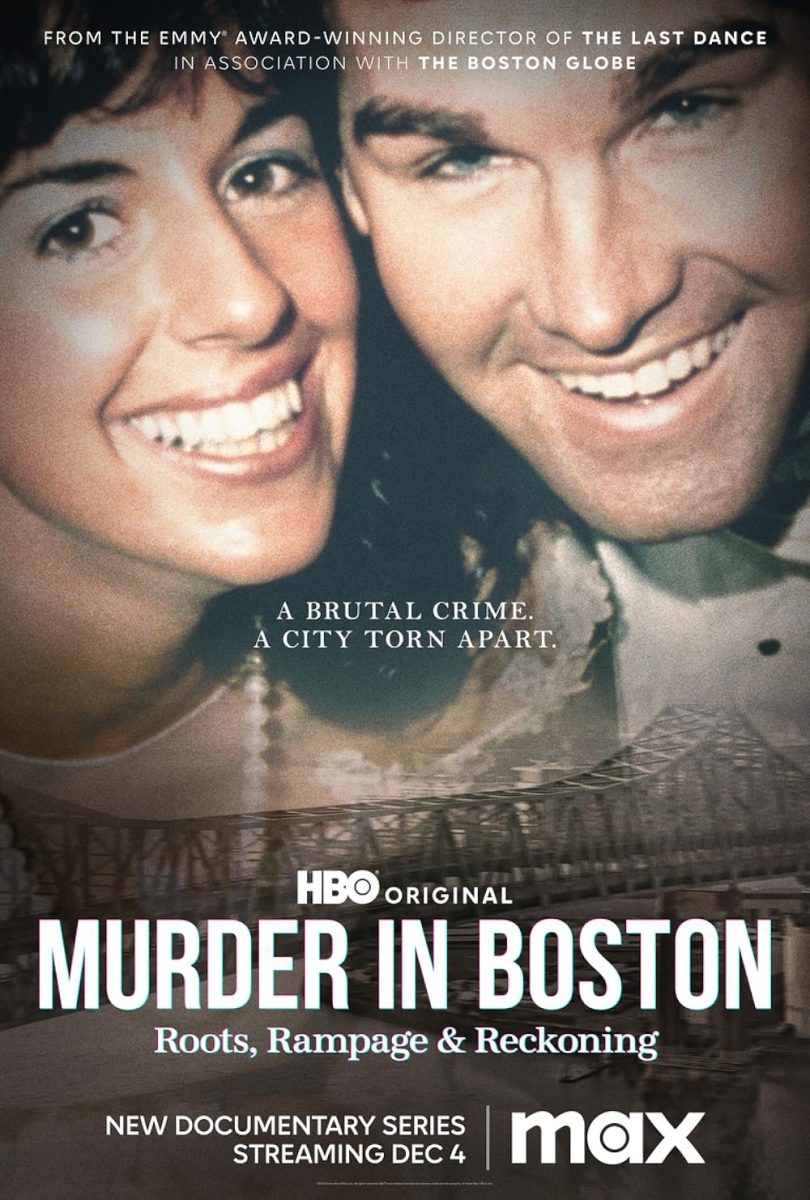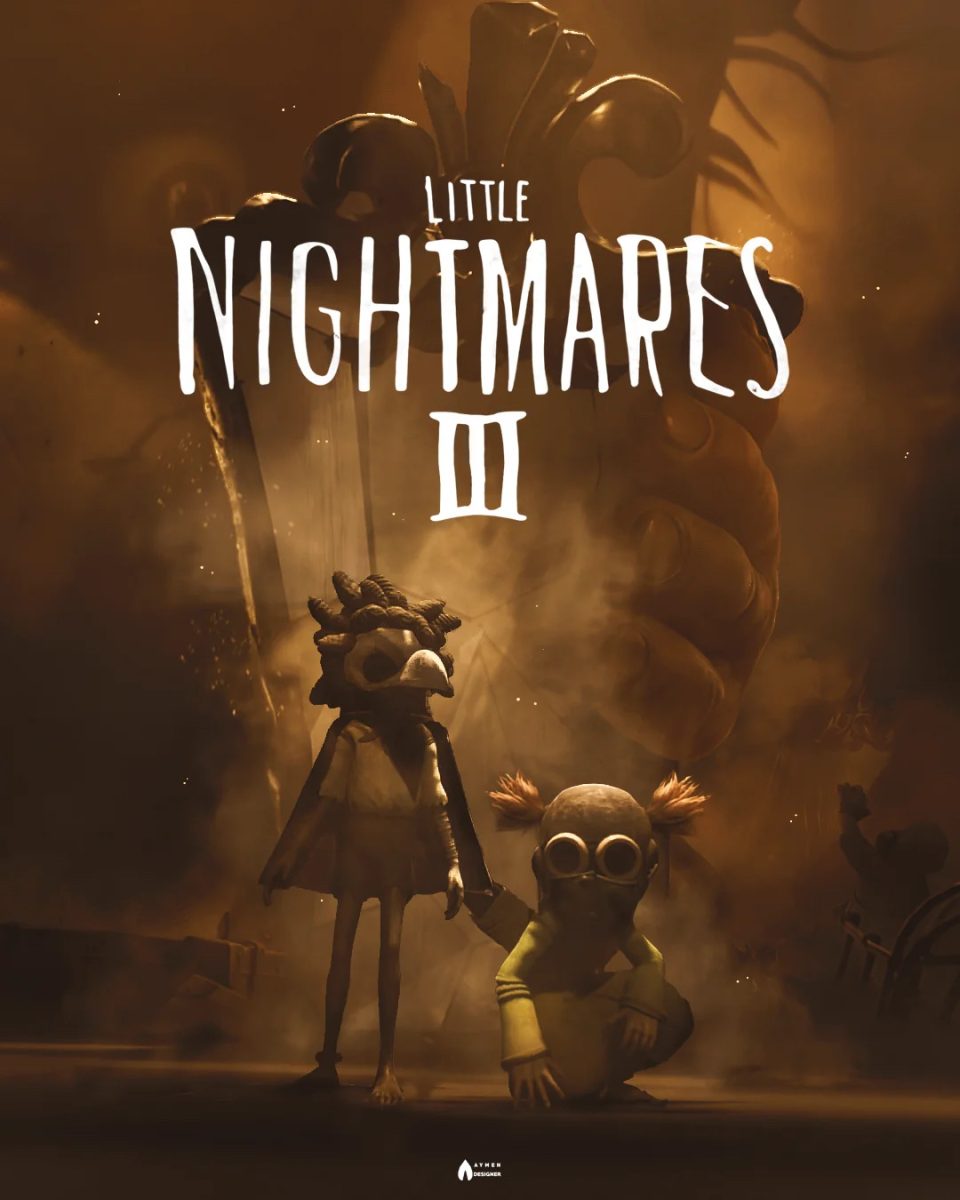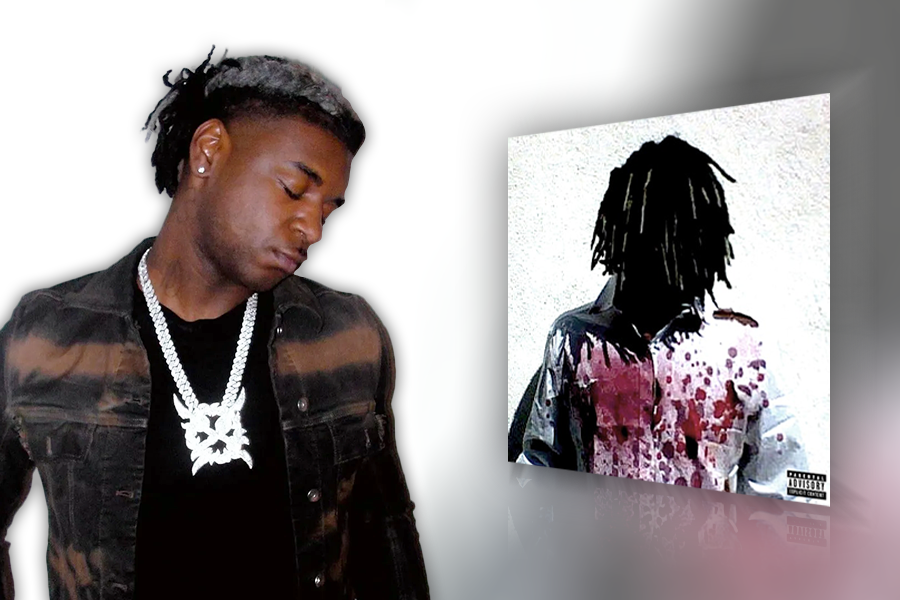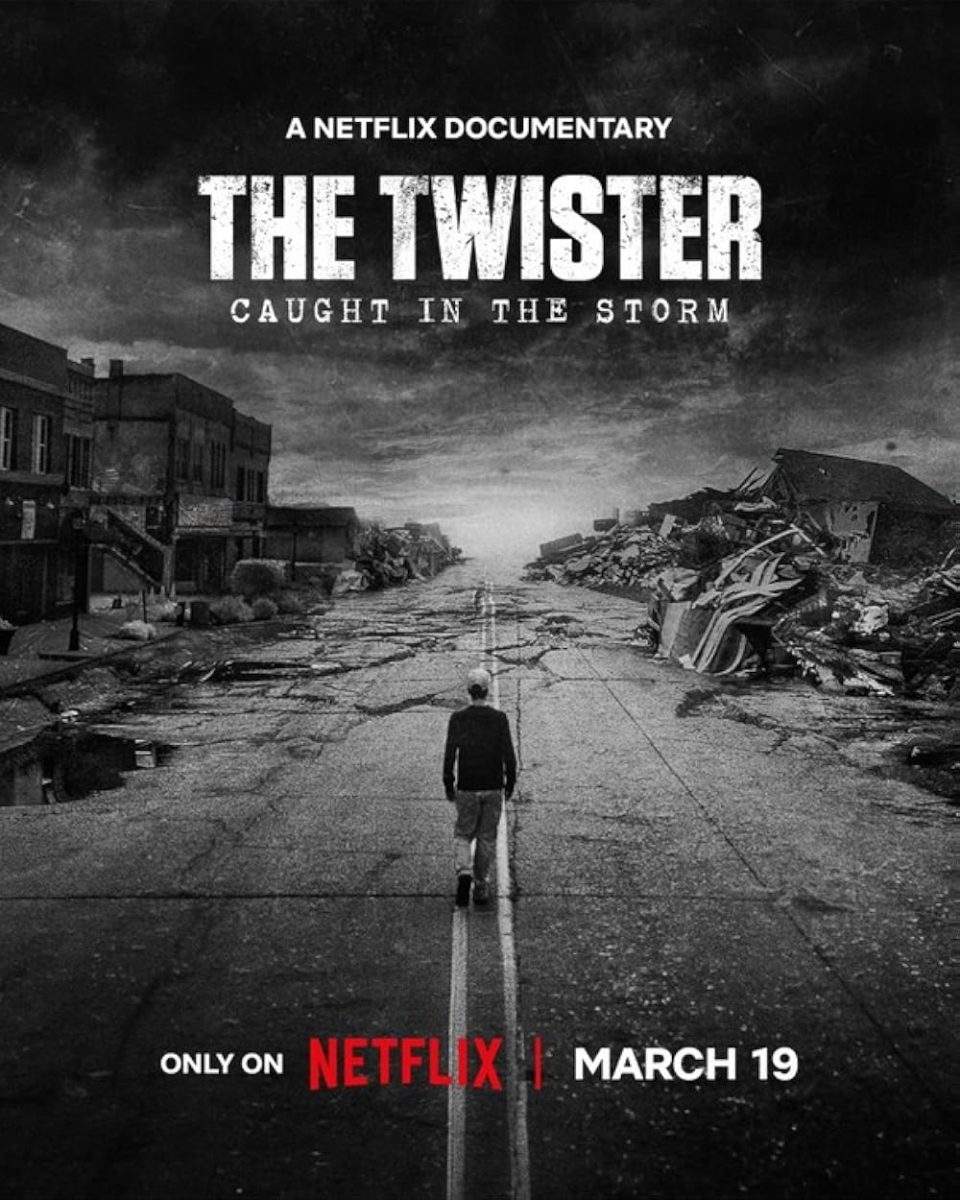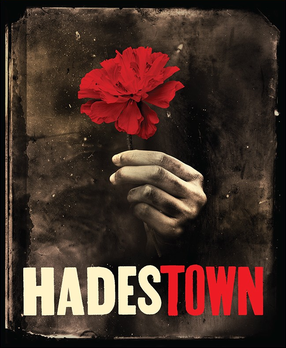In the dimly lit alleys of Boston, Massachusetts, director Jason Heir unravels a hypnotic tale of terror, despair and the pursuit of justice in the groundbreaking documentary “Murder in Boston: Roots, Rampage, and Reckoning.” With a mesmerizing blend of artful storytelling and breathtaking cinematography, Heir portrays the historic city of Boston as a labyrinth of dark secrets, injustices and crimes long forgotten.
The opening scenes of the three-part documentary delve deep into the city’s history, peeling away the layers of time to expose the roots of Boston’s bloodstained legacy.
On Oct. 23, 1989, Charles Stuart dialed 911, frantically claiming that he and his pregnant wife, Carol, were both shot by an unknown assailant during a carjacking incident. He painted a vivid and chilling picture of the attacker, described to be that of African-American ethnicity. Panicked, Charles pleaded for help, thereby initiating one of the most complex and controversial investigations in Boston’s history.
In the first episode, “Roots,” the documentary takes us back to the historical context of the crime, examining the origins and societal factors that led to Boston’s simmering violence. It explores how systemic racial inequalities, poverty and a lack of educational and economic opportunities contributed to the stable acts of crime in certain neighborhoods. Through interviews with historians, community leaders and those closely related to both the victims and suspects, the documentary presents a detailed picture of the economic and social conditions that laid the groundwork for the up-and-coming rampage that Boston faced in the following months.
It quickly becomes apparent in the first episode that “Murder in Boston” is not merely another true crime series, but rather a masterful exploration of the societal issues, historical contexts and psychological complexities surrounding the crime. I found that the engaging storytelling and persuasive presentation of evidence made it impossible for viewers not to be both captivated and eagerly anticipated. The series promises to be an eye-opening journey for true crime enthusiasts and anyone seeking a deeper understanding of the human condition, and that’s exactly what it was.
As the documentary progresses, it artfully unveils the rampage that sent shockwaves through Boston’s core. Through a skillful blend of reenactments and harrowing real footage, it reconstructs the infamous Stuart murder that held the city in its grip. The narrative then spirals, tracing the footsteps of the first assumed suspect, Alan Swanson; consequently blurring the line between fact and fiction as the story unwinds in front of our eyes.
Amid police targeting of Black neighborhoods, a new suspect, William Bennett, emerges in the aftermath of Swanson’s failed case. The second episode, “Rampage” delves into the devastating escalation of violence and racial injustice that descended amongst the streets of Boston. This episode unravels the emotional toll on families and communities, as well as the struggles faced by law enforcement agencies and local leaders in combating this wave of barbarity; all while those in the Boston community begin to question the ethicality behind Charles Stuart’s pitiful claims.
The variety of interviews throughout the documentary truly added a layer of authenticity and emotional depth, making the narrative all the more gripping. The reconstructions of crime scenes and the use of archival footage also enhanced the sense of audience engagement, transporting viewers back in time.
The third and final episode, “Reckoning,” initiates with a significant development: Matt Stuart, the brother of Charles Stuart, discloses information about Charles on the ill-fated night when Carol Stuart was murdered. Consequently, Charles Stuart is finally identified as a prime suspect in the case. Furthermore, the Stuart family provides their official statements regarding the matter. As an essential revelation unfolds, William Bennett’s innocence is proven after initially being implicated in the murder investigation.
Following the release of an arrest warrant for Charles, it was disclosed that Stuart, in a tragic turn of events, had taken a fatal leap off the Tobin Bridge, thereby ending his own life. In the days following his suicide, members of the black community expressed their justified distress upon learning who really perpetrated the murder. Their concerns find a platform during a community meeting in Mission Hill, where they discuss the implications of this revelation. Speculation emerges among the attendees, suggesting that the value placed on white lives surpassed that of black lives, leading many to suspect that racism had influenced the outcome of the case.
The deliberate pacing and strategic use of suspenseful music further enhance the viewing experience. It is evident that the creators have put great effort into crafting a thought-provoking documentary series that not only shines a light on these specific crimes but also raises broader questions about justice and societal accountability. The episode’s nuanced exploration of how justice is pursued as well as how the community grapples with the aftermath also elevated its impact.
“Murder in Boston: Roots, Rampage, and Reckoning” is a riveting testament to the power of storytelling, shedding light on the world that lies beneath the surface of Boston’s historic facade. Through masterful direction and cinematography, the series efficiently captures the essence of a city, haunted by its own secrets. It takes viewers on a journey that unravels the roots, illuminates the rampage, and showcases the societal reckoning of a crime that changed the course of justice for the city of Boston. From start to finish, this compelling story serves as a great reminder of both the potential for evil within individuals and the resilience of a community in the face of tragedy.
5/5

